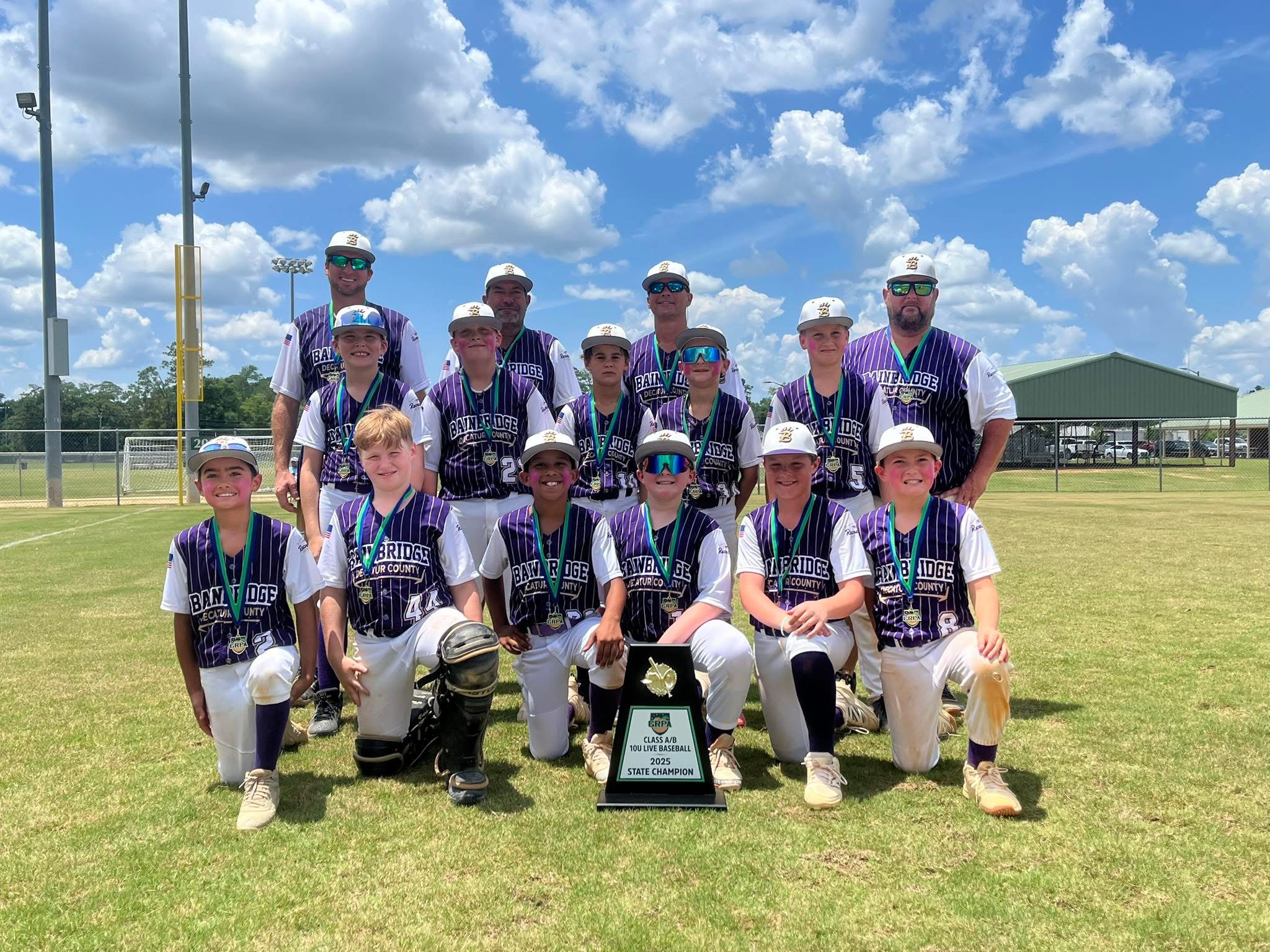Misusing classical King’s English
Published 2:27 pm Friday, February 18, 2011
Shocked.
Absolutely shocked.
There it was, “ain’t” in a headline in The Tallahassee Democrat.
Last Tuesday, opening the editorial page of the Democrat, there it was, in the headline on the lead editorial of all things, which proclaimed—“Ain’t nobody happy”
For as many years as I can remember, it has been admonished to me that “Ain’t” ain’t in the dictionary.” It wasn’t then, but it is now.
“Modern” dictionaries have it, described as widely disapproved substandard English, common in habitual speech of less educated people.
But then it goes on to say, it is used in speech and writing to attract attention, or in developing characterization.
From “ain’t,” we get some common expressions—If it ain’t broke, don’t fix it; You ain’t seen nothin’ yet; Say it ain’t so; Well—class it ain’t; and, Ain’t it grand?”
One of my pet peeves is hearing the word used from people who should know better. Many times I have heard, while visiting a school, a teacher in front of a class say “ain’t.” Any educator who uses the word “ain’t” in front of a class of impressionable students, should be fired.
Another long-time abuser is former FSU football coach Bobby Bowden.
The legendary coach uses the word constantly in almost every interview. Was Bowden bounced because of poor English, rather than his won-loss record? Wouldn’t that be record breaking?
Ain’t is a misused substitution for am not, is not, are not or has not and isn’t and aren’t.
Although we use it constantly, it is universally condemned as a classic mistake in English usage.
We use it in a joking phrase to portray a down-to-earth quality. Yet, if you use it in everyday language, you stand the chance of being branded an uneducated boorish boondogger.
I recently discovered a book, Common Errors in English by Paul Brians. He rails against “ain’t,” and points out the three most common errors in English usage.
1. It’s and its.
It’s with the apostrophe is a contraction for it is.
Its is a possessive. Example, the dog wagged its tail.
1. Its and their. Its is singular and their is plural
Again—“The dog wagged its tail,” singular. And, “The cats drank their milk,” plural.
1. Again, Its and their. Example, the committee (acting as a unified body) reached its decision, singular. And, the members (of the committee) reached their decision, plural.
Enough of this for now. This is tiring work. Composing using correct English is an art form, and errors in usage are common.
Yes, “ain’t” is now in the dictionary. Be a nice educated person and try to refrain from its usage. Don’t be a mule, an animal with long pointy ears who picks up anything he hears.





